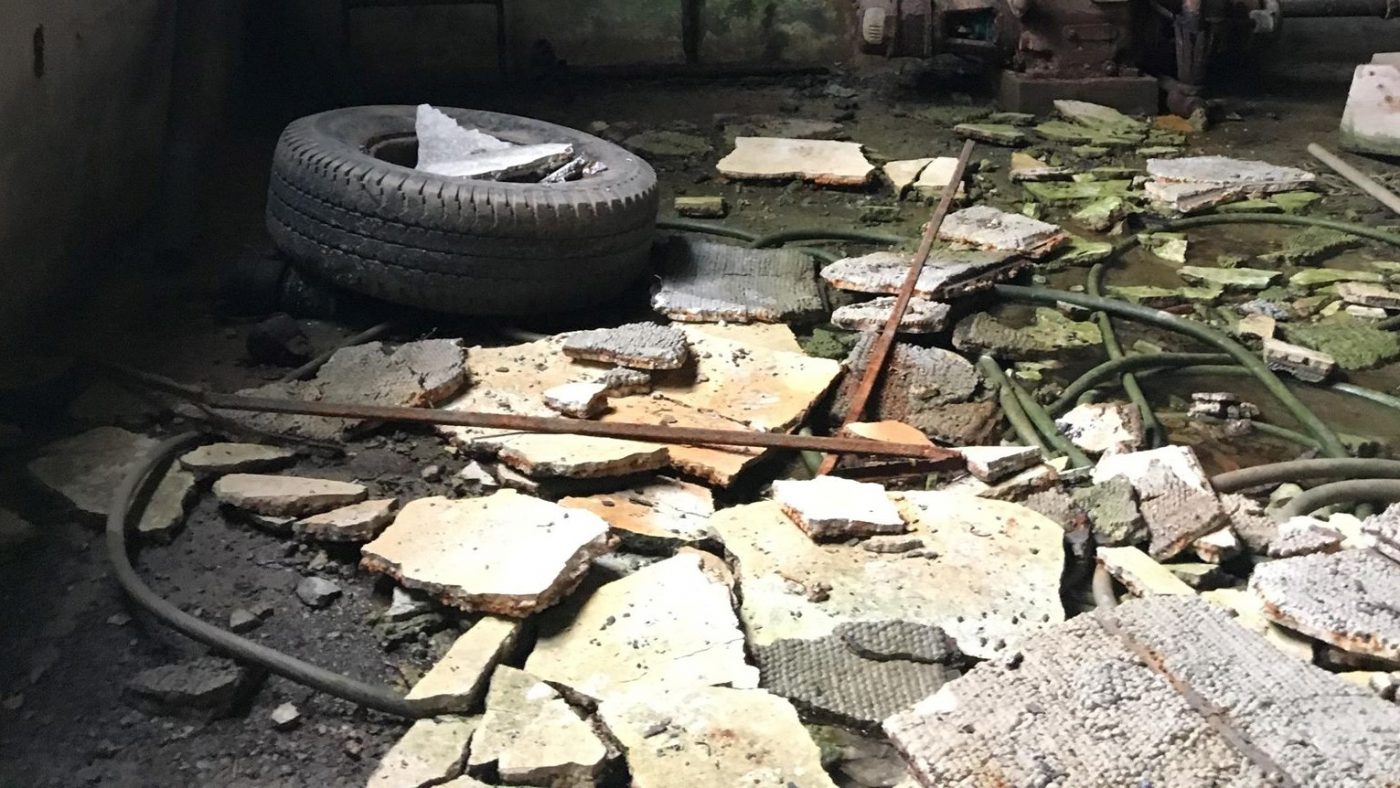What is Asbestos?
Asbestos is a naturally occurring material with various physical properties that manufacturers and consumers have found useful over time. These properties include high tensile strength, noise insulation, and resistance to fire, heat, chemicals, and electrical currents.
There are six (6) different types of asbestos minerals:
- Chrysotile is the most commonly found form of asbestos. It can be found in roofing materials, ceilings, brake linings, and ducts and appliances.
- Amosite can be found in cement mixtures and pipe insulation.
- Crocidolite was commonly used to insulate Navy steam engines. It can be found in spray-on coatings, pipe insulation, plastics, and cement products.
- Anthophyllite, Tremolite, and Actinolite are all rarely found in building materials.
Asbestos-Related Health Impacts
When asbestos-containing materials (ACMs) are disturbed they release tiny fibers into the air. Your throat is lined with tiny hairs called “cilia” which help trap debris however, asbestos fibers are so small that they slip past the cilia and can become trapped in your lungs. The accumulation of these fibers in your lungs can prevent oxygen exchange, cause scaring, and unregulated cell growth (mesothelioma/lung cancers).
Identifying Asbestos-Containing Material
Before any renovations or demolitions are completed, a hazardous materials survey should always be performed to avoid the exposure of hazardous materials that are commonly used in building construction. If a complete hazardous material survey is not completed – an asbestos survey should be completed at the very least. In an asbestos survey, a state licensed asbestos inspector will inventory suspicious material (by color, texture, date of installation), assess the condition of each material, and collect the appropriate number of samples for each material and submit them for analysis. Provided analytical results report an ACM is present, building owners have three (3) options to handle ACM including removal, encapsulation, or enclosing the area.
Why Does This Matter?
Several issues can occur during asbestos surveys can result in a financial nightmare. Here are a few examples:
- The building may be inaccessible or dangerous to survey. In these cases, anything being bypassed should be considered presumed asbestos-containing material (PACM).
- Too often, entry level people are thrown into the field to perform these surveys; An inexperienced surveyor can improperly quantify or completely bypass ACM; an experienced asbestos consultant may be able to identify these materials and further investigate potential analytical discrepancies.
- If the building being surveyed is occupied, investigative activities are limited based on exposure issues. For example, if you have an occupied building, it would be foolish to break through gypsum board and induce airborne fibers.
How Can VERTEX Help?
If an environmental consultant doesn’t perform sampling to industry standards it can become our client’s problem when ACMs are accidentally encountered and disturbed. Having dealt with asbestos on many development sites, VERTEX understands the importance of quickly and correctly assessing site conditions and negotiating with regulatory agencies. Our building science staff can provide a variety of services including asbestos surveying and project monitoring, and our environmental insurance staff has the regulatory knowledge to provide guidance and manage asbestos-related insurance claims.
To learn more about VERTEX’s Environmental Claims Consulting services or to speak with an Environmental Expert, call 888.298.5162 or submit an inquiry.




